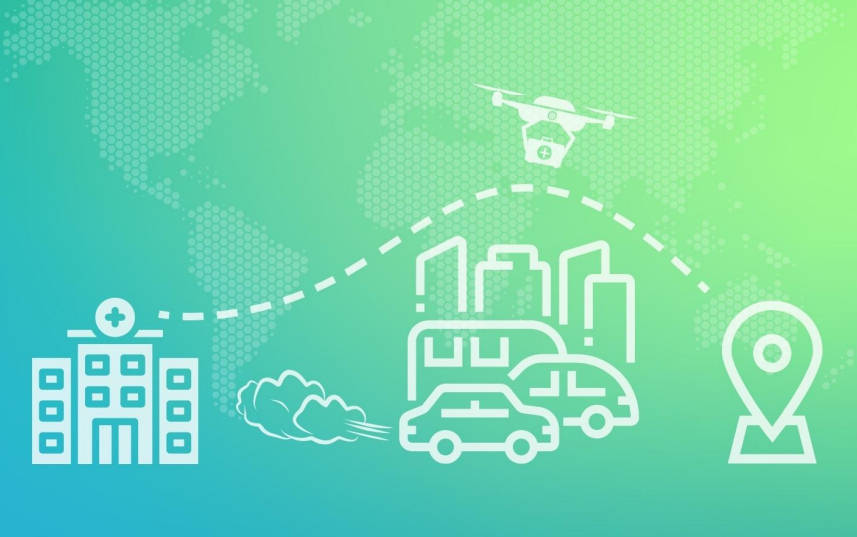Projects

Safe and Flexible Integration of Advanced U-Space Services Focusing on Medical Air Mobility.
The SAFIR-Med project’s vision is to achieve safe, sustainable, socially accepted and socially beneficial urban air mobility. SAFIR-Med represents all value chain actors and stakeholder as either project partner (ATC, USPs, Operators, UAS Manufacturers, cities) or formal associate partner (major customers, technology & service providers) at a representative international level. Five unmanned UAV platforms (passenger eVTOL, Hydrogen fuel cell VTOL, AED medical drone, X8 medical transport) will be combined with manned aviation in real life exercises validating technology in real urban environment.
The SAFIR-Ready initiative is at the forefront of transforming emergency medical and critical infrastructure responses through the utilization of Advanced Aerial Mobility and U-Space technologies. Acknowledging the vital importance of time in urgent situations, the project harnesses Unmanned Aerial Vehicles’ capabilities to swiftly transport medical supplies and samples. This acceleration in response time holds the potential to save lives. Nevertheless, the adoption of these operations has been impeded by the absence of appropriate regulations and infrastructure. SAFIR-Ready’s primary objective is to tackle this obstacle head-on by pioneering the development of comprehensive U-space services, systems, and procedures. These advancements are meticulously designed to ensure both the safety and efficiency of airspace access.

The EUSOME Excellence Hub is a European project that aims to revolutionize the air mobility ecosystem in the Southeast Mediterranean region by addressing specific regional challenges, such as transporting goods, surveilling complex landscapes, tackling fire risks, and monitoring traffic congestion.The emergence of large drone systems that can be integrated with intelligent coordination technology has enabled Advanced Air Mobility (AAM) concepts that are poised to revolutionize a broad range of domains including transport (also encompassing logistics), emergency response, and even climate adaptation. This will be accomplished through the development of: (i) an open research and innovation infrastructure, (ii) mentoring and training programs, (iii) a masterplan to adopt EASA’s regulations on AAM, and (iv) services to assist entities in exploiting AAM.

